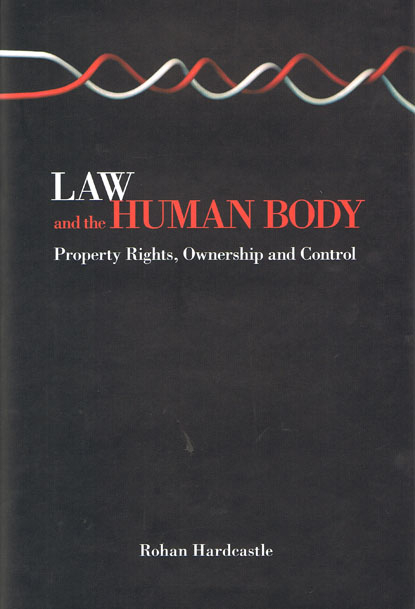We will be closed from 5pm Thursday 17th April for the Easter Bank Holidays, re-opening at 8.30am on Tuesday 22nd April. Any orders placed during this period will be processed when we re-open.

Do you own your body? Advances in science and the development of genetic databases have added an aura of modern controversy to this long-standing and, as yet, unresolved problem. In particular, English law governing separated human tissue (including body parts and cell-lines) is unsatisfactory. Despite the enactment of the Human Tissue Act 2004 UK, it remains uncertain what property rights living persons can claim over their separated human tissue. The development of clear legal principles is necessary so that individuals can have effective control over human tissue separated from their bodies whilst also enabling the efficient use of such materials in medical research.
Part I of Law and the Human Body traces the evolution of English, Australian, United States and Canadian law in relation to human tissue separated from living persons and dead bodies. This includes a comprehensive examination of the Human Tissue Act 2004 UK as well as prominent judicial decisions, including Re Organ Retention Group Litigation [2005] QB 506, Colavito v New York Organ Donor Network 438 F 3d 214 (US CA 2nd Circuit 2006) and Washington University v Catalona 437 F Supp 2d 985 (USDC Ed Mo 2006). Analysis demonstrates that, although property rights and non-proprietary interests in separated human tissue are recognized in limited circumstances, no principled basis has been accepted either at common law or by statute for the recognition of these rights and interests.
Part II of this book therefore develops and defends a principled basis in English law for the creation and legal recognition of property rights and non-proprietary interests in separated human tissue. Significantly, the analysis and principles presented in Law and the Human Body have application across common law and civil law jurisdictions worldwide.